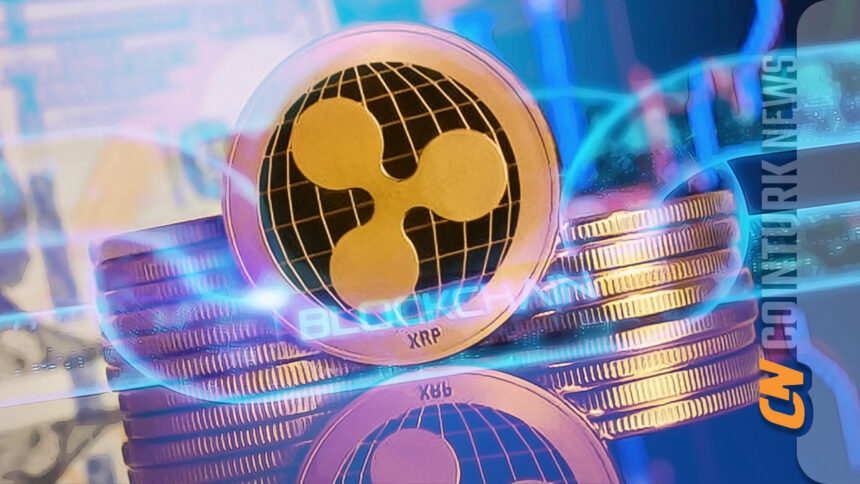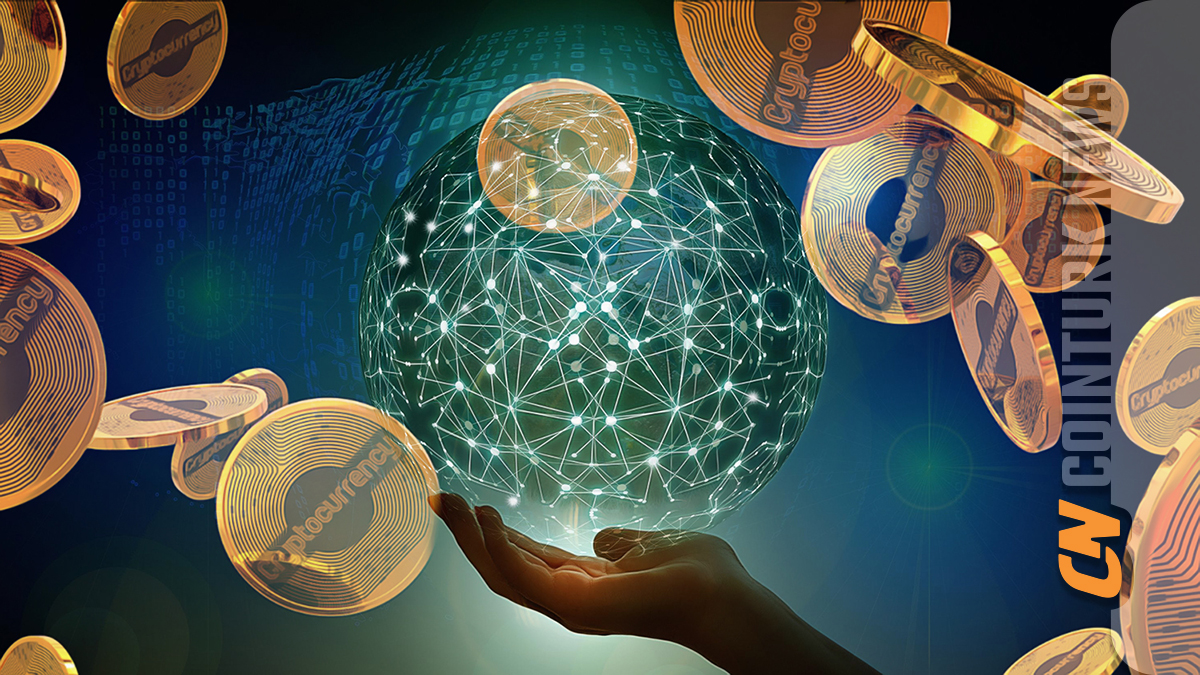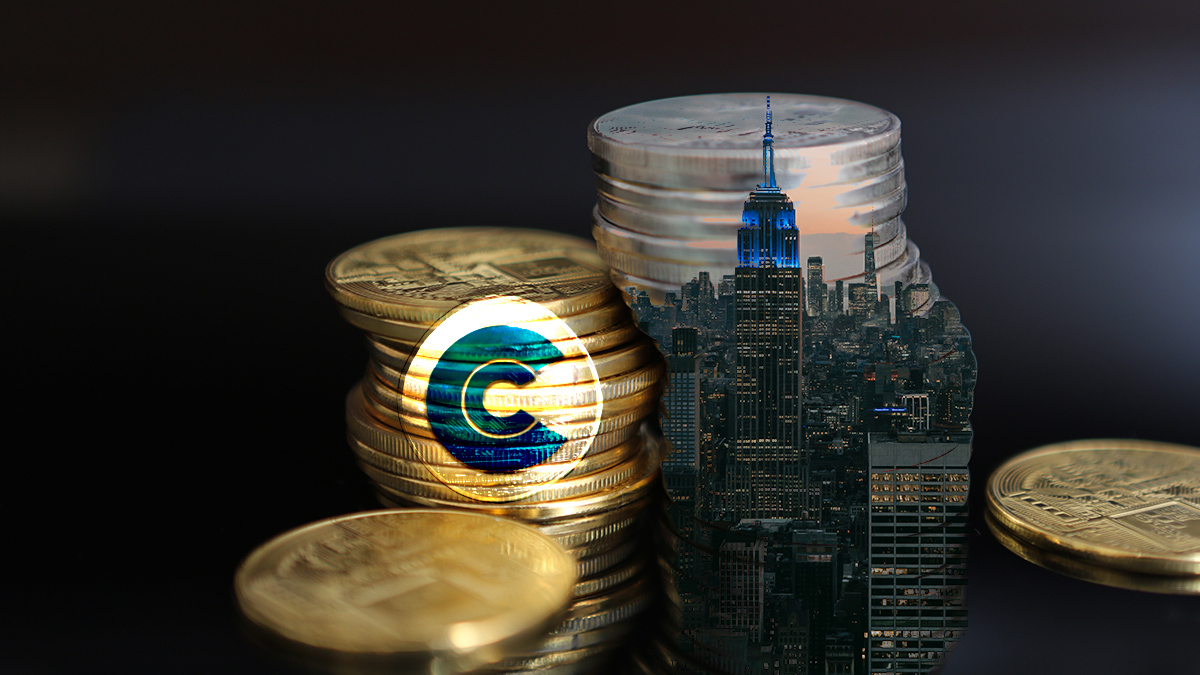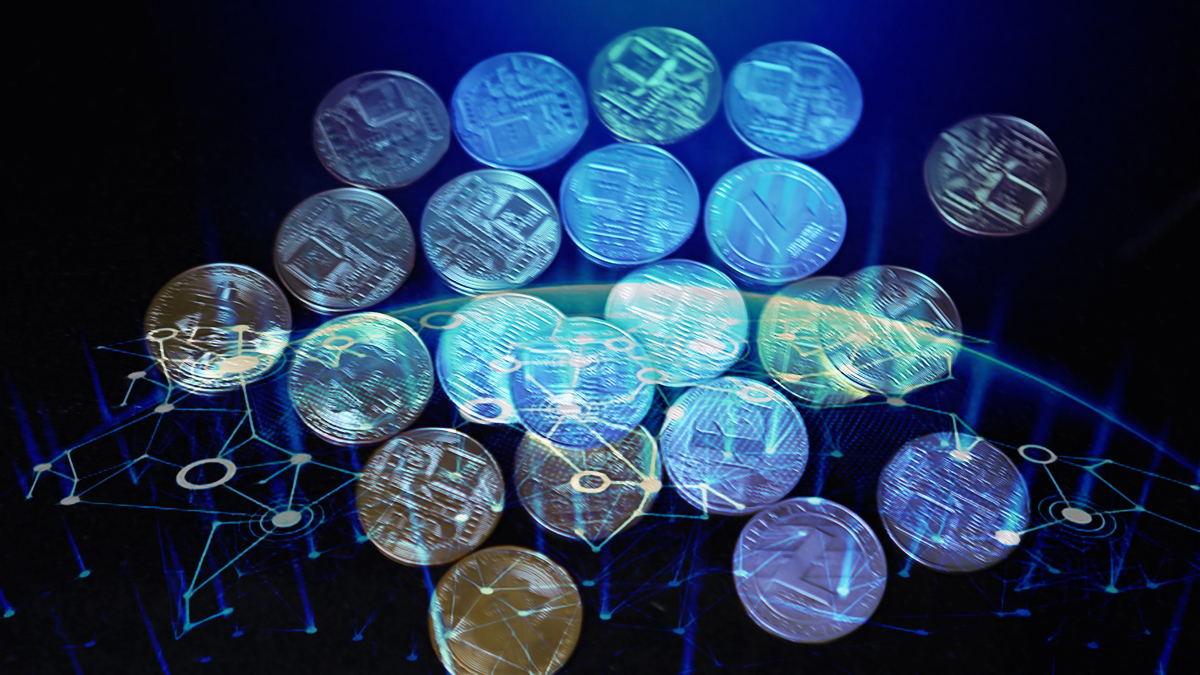XRPL blockchain’s Clawback proposal could increase demand from corporate investors, but how will it affect the XRP Coin price? XRP Coin, one of the largest altcoins by market value, has been underperforming for a while. The price has once again dipped below the $0.5 support level. Will the latest development be supportive for the price?
What is XRP Clawback?
This feature introduces advanced controls for issuers over the distributed assets. For instance, issuers will have the ability to reclaim funds in cases such as loss of account access or fraudulent activities. Currently, 94% of validators have voted in favor of Clawback. The official announcement states:
“For regulatory purposes, some issuers must be able to reclaim tokens issued after distribution to accounts. For example, if an issuer discovers that tokens were sent to an account sanctioned due to illegal activities, the issuer can reclaim or withdraw the funds.”

Ripple‘s Chief Technology Officer David Schwartz emphasized the importance of this capability in resolving legal disputes and enforcing court orders. Schwartz explained that the Clawback feature is different from the existing Freeze feature on XRPL.
What are the Pros and Cons?
As with any network update, there are positive and negative aspects to consider. Some pros and cons of the XRP Clawback are:
Pros
- Assets can be reclaimed without freezing all funds in case of security breaches.
- Allows reversal of transactions involving tokenized assets affected by sudden legislative changes.
- Token issuers can withdraw and reissue assets under necessary conditions.
- Expands network usability for institutional entities.
Cons
- Undermines the irreversibility of transactions, unlike networks such as Bitcoin.
- XRP could face criticism for becoming more centralized, similar to fiat-backed networks.
- The Clawback feature could allow issuers to interfere with users’ assets.
Will the XRP Coin Price Increase?
There are two different paths here. Increased trust from institutions and compliance with regulations could make the network more active and boost the altcoin price. Alternatively, concerns about user autonomy being compromised and other centralization criticisms could lower the price.
However, the likelihood of investors taking centralization criticisms seriously is higher among a minority group. Most investors care more about increased activity, growth, and rising altcoin prices. Looking at alternative networks with similar capabilities (or Ethereum, Stellar), we see that this situation does not pose much of a problem for investors.

 Türkçe
Türkçe Español
Español









